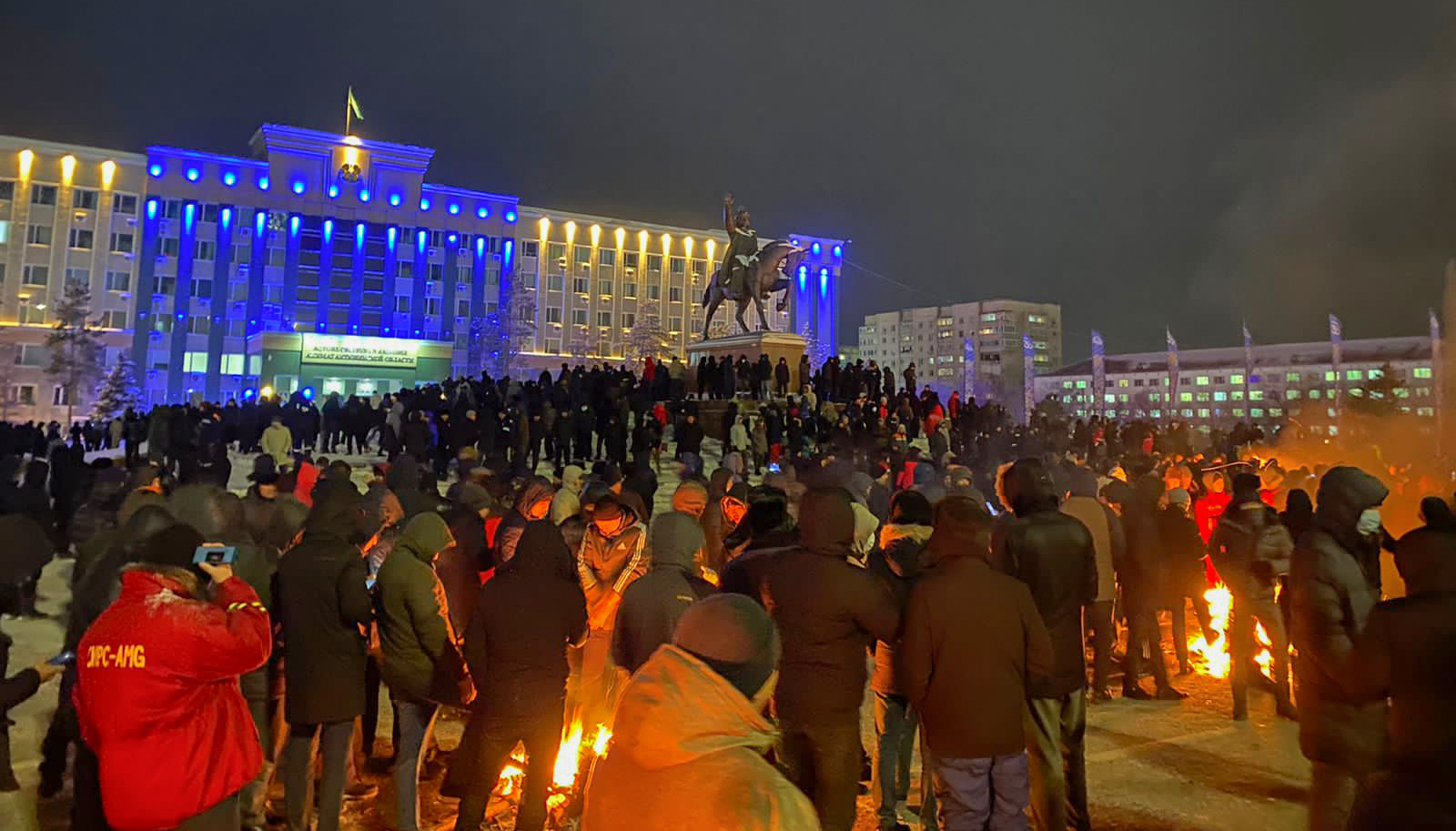Home » Post-protests, What’s Next for Kazakhstan?
Post-protests, What’s Next for Kazakhstan?
January 27, 2022

Tags
Katherine Baughman
Katherine is an Analyst and a long-time contributor to long-form Analysis with Foreign Brief.
